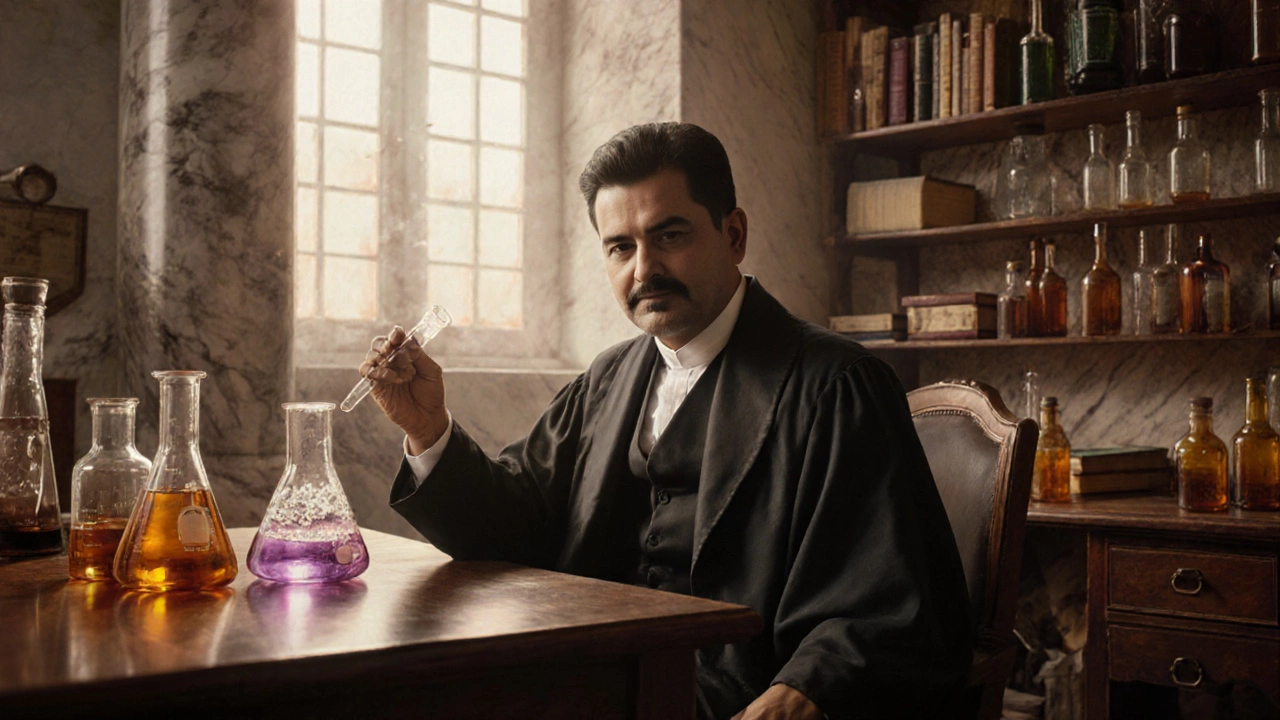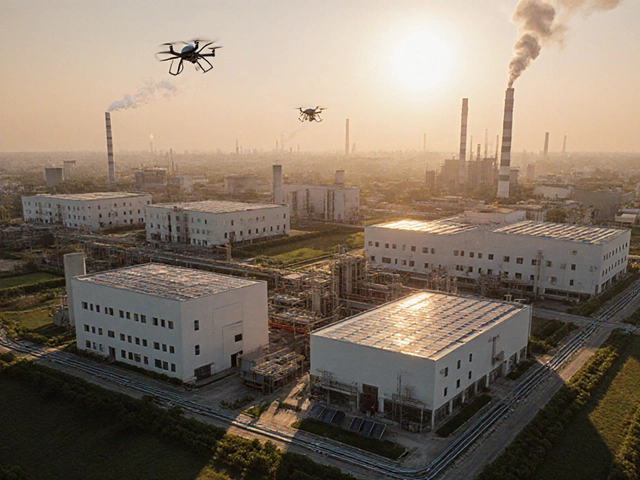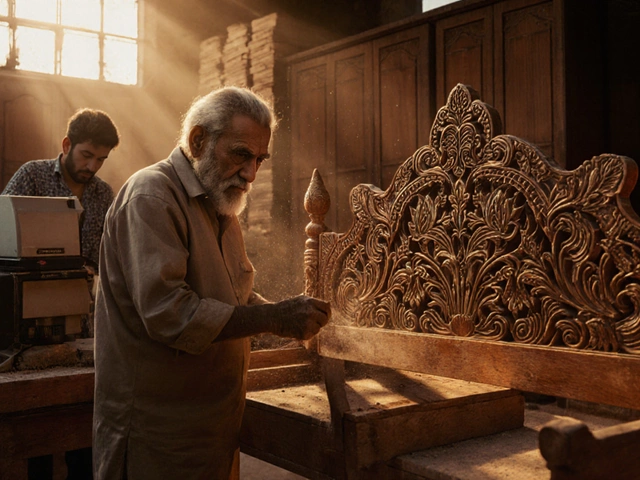Prafulla Chandra Ray – The Chemist Who Sparked India’s Industrial Chemistry
When talking about Prafulla Chandra Ray, a pioneering Indian chemist who founded the first Indian-owned chemical factory and advanced scientific research in Bengal. Also known as Ray, his work laid the groundwork for today’s chemical manufacturing landscape. The Indian chemical industry, the sector that produces chemicals, pharmaceuticals, and related products across the country grew directly from his vision.
Prafulla Chandra Ray studied at the University of Edinburgh, returned home in 1892, and set up Bengal Chemical and Pharmaceutical Works (BCPW). BCPW started as a modest lab but quickly became a full‑scale plant producing a range of acids, dyes, and medicines. Ray’s discovery of “Ray’s acid” (a stable form of mercuric oxide) showed how academic research could turn into marketable products. That leap from lab bench to factory floor embodied the first clear link between scientific insight and industrial output in India.
Ray’s approach to chemistry wasn’t just about a single compound; he emphasized systematic process design. He believed a reliable production method required consistent raw material quality, controlled reaction conditions, and meticulous measurement—principles that still define modern manufacturing. Today’s food processing units, for example, rely on those same ideas when they choose commercial food processors for consistent texture and safety. Likewise, the detailed cost breakdown of starting a small factory in India mirrors Ray’s methodical budgeting of raw material, labor, and equipment.
Beyond chemicals, Ray championed a broader industrial mindset. He argued that India needed indigenous factories to reduce dependence on imports, a view echoed in current startup ecosystems. The biggest mistake many new ventures make is ignoring the supply chain basics—a pitfall Ray warned against in his writings on material sourcing. By integrating his early 20th‑century insights with today’s equity math and exit strategies, entrepreneurs can avoid costly missteps.
The manufacturing sector, all industries that transform raw inputs into finished goods through organized processes continues to apply Ray’s five‑M framework (Man, Machine, Material, Method, Measurement). Whether you’re looking at the engine plant of Toyota Kirloskar Motor or a tiny textile workshop, the same five elements drive efficiency. Ray’s insistence on measurement precision directly influences how modern factories track product quality and equipment uptime.
Industrial development in India today still owes a debt to Ray’s advocacy for home‑grown expertise. Policies that support “Make in India” aim to replicate the self‑reliance model he championed. The shift from importing chemicals to building domestic production lines reduces lead times and cuts costs—exactly the advantage the factory system promised in Ray’s era.
Science education is another pillar of Ray’s legacy. He founded the Bengal Chemical College to train a new generation of chemists, ensuring the talent pipeline for the industry. That focus on skilled manpower mirrors today’s push for technical training in emerging fields like synthetic textiles and renewable manufacturing.
Below, you’ll find a curated set of articles that dive into the topics Ray touched—food processing technology, small‑scale factory budgeting, startup pitfalls, engine manufacturing, pharma hubs, and more. Each piece reflects a facet of his lasting influence, giving you practical insights you can apply right now.
Who is the ‘God of Chemistry’ in India? Meet Prafulla Chandra Ray
Explore why Prafulla Chandra Ray is known as the ‘God of Chemistry’ in India, his key discoveries, founding of Bengal Chemicals, and lasting impact on modern Indian science.
Read More




